Discover 8 hidden attractions, cool sights, and unusual things to do in Malolos (Philippines). Don't miss out on these must-see attractions: Barasoain Church, Malolos Cathedral, and Malolos Historic Town Center. Also, be sure to include Plaridel in your itinerary.
Below, you can find the list of the most amazing places you should visit in Malolos (Bulacan).
Table of Contents
Barasoain Church
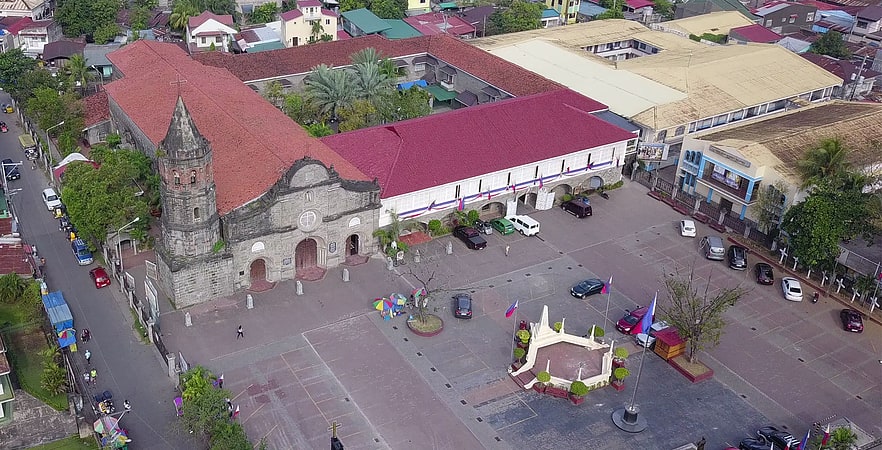
Church in Malolos, Philippines. Barásoain Church is a Roman Catholic church built in 1888 in Malolos, Bulacan. It is about 42 kilometers away from Manila. Having earned the title as the "Cradle of Democracy in the East, the most important religious building in the Philippines", and the site of the First Philippine Republic, the church is proverbial for its historical importance among Filipinos.[1]
Address: Paseo del Congreso, 3000 Malolos
Malolos Cathedral
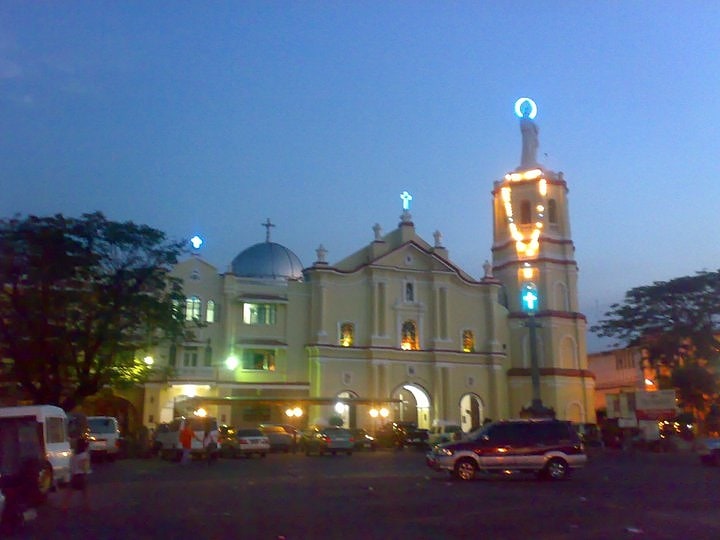
Church in Malolos, Philippines. Malolos Cathedral, formally known as the Minor Basilica and Cathedral of the Immaculate Conception of Malolos, is a historic church in the Philippines located in city of Malolos, the capital of the province of Bulacan. The cathedral is the see of the Bishop of Malolos, whose diocese is a suffragan of the Archdiocese of Manila.[2]
Malolos Historic Town Center
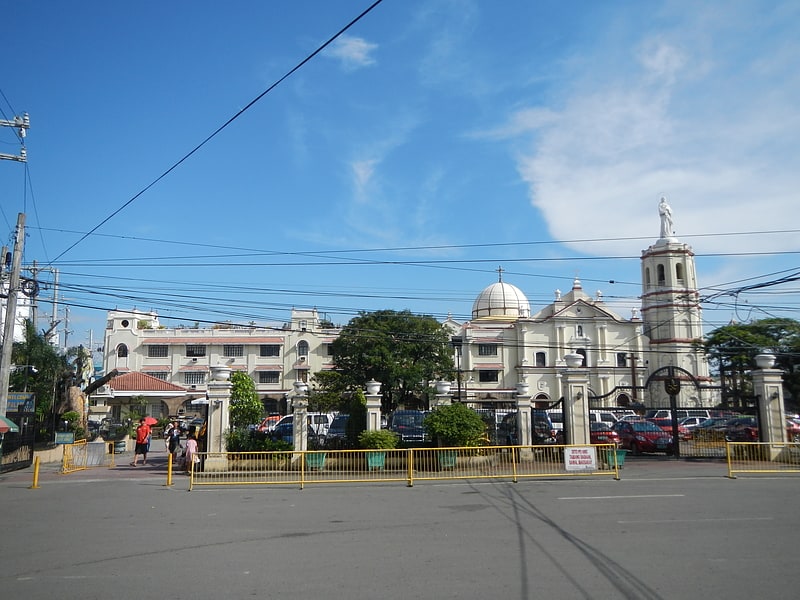
Historical landmark in Malolos, Philippines. The Malolos Historic Town Center is a historic district located in downtown or old town center of the capital town of Malolos City, Bulacan, Philippines commonly called Camestisuhan or Pariancillo District of Malolos with its collection of Spanish and American-era houses and government structures, as well as being the birthplace of the First Philippine Republic, the Malolos Constitution and being the capital of the Philippines from 1898 to 1900, the National Historical Institute declared the downtown Malolos city as a National Historical Landmark and a Heritage Town dated August 15, 2001.[3]
Address: Paseo de Congreso, Malolos
Plaridel

Municipality in the Philippines. Plaridel, officially the Municipality of Plaridel, is a 1st class municipality in the province of Bulacan, Philippines. According to the 2020 census, it has a population of 114,432 people.
With the expansion of Metro Manila, the municipality is now part of Manila's built-up area which reaches as far north as San Ildefonso, Bulacan.[4]
Santiago Apostol Church
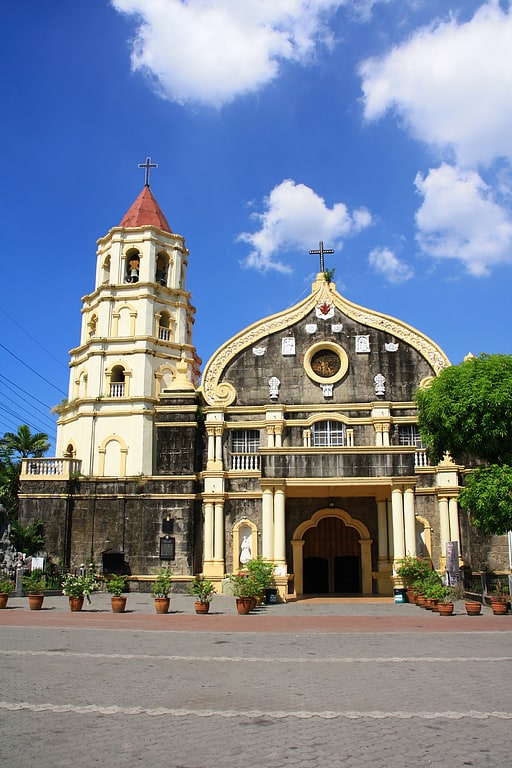
Catholic church in Plaridel, Bulacan, Philippines. Santiago Apostol Church, also known as Plaridel Church or Quingua Church, is a 15th-century Roman Catholic Church under the patronage of Saint James the Apostle and is located along Gov. Padilla street, Brgy. Poblacion, in Plaridel, Bulacan, Philippines. In 1961, a historical marker was installed on the church by the National Historical Committee.[5]
Paombong
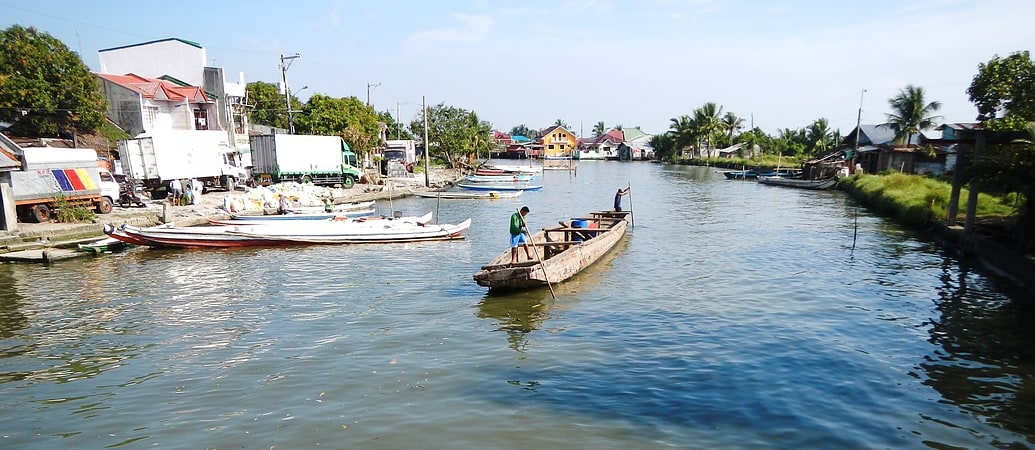
Municipality in the Philippines. Paombong, officially the Municipality of Paombong, is a 3rd class municipality in the province of Bulacan, Philippines. According to the 2020 census, it has a population of 55,696 people.
Dubbed as the "Vinegar Capital of the Philippines", Paombong is famous for its vinegar extracted from the sap of sasa (nipa), thus the term "Sukang Paombong" (Paombong vinegar) became known in Luzon and other parts of the Philippines.[6]
Museum of Philippine Political History
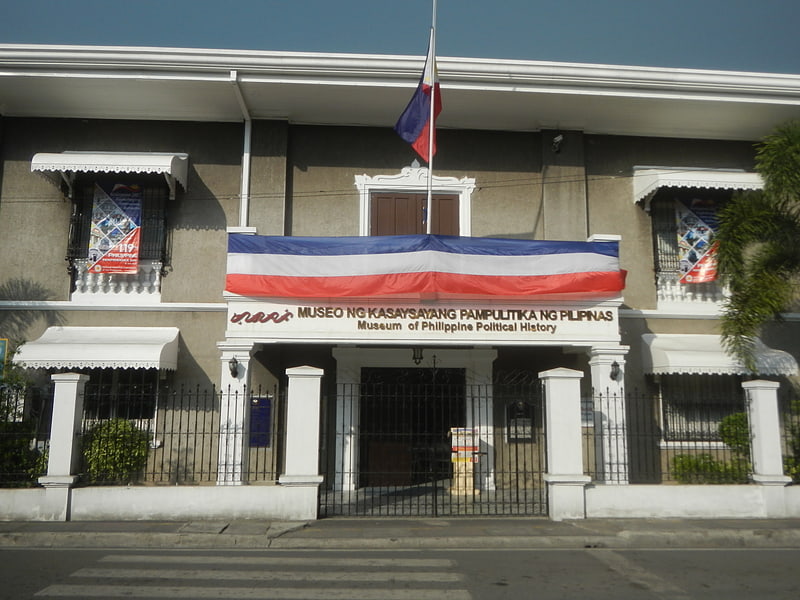
The Museum of Philippine Political History is a museum in Malolos, Philippines. It is located on Paseo del Congreso, Plaza Rizal, Malolos City, Bulacan. The museum, owned and operated by the National Historical Commission of the Philippines, opened to the public in 2001 to foster awareness for the country's different government systems which defined its political history, enabling an understanding of current political developments and encouraging action to safeguard republican values. The building was initially built on 1580. It was restored in 1852 and was converted into a municipal library. After the Philippine–American War, the building served as the provincial capitol Bulacan until 1930.
The museum was then located at the grounds of NHCP building on Kalaw Avenue in Rizal Park, Ermita, City of Manila. On October 12, 2016, the museum was relocated in Casa Real Shrine, Malolos City.
The museum contains relics from the First Philippine Republic, memorabilia of Gen. Emilio Aguinaldo, relics from the wealthy families of Malolos, exhibits, a printing press of the Malolos Republic, and a display of the 21 Women of Malolos memorabilia.[7]
Regina Carmeli
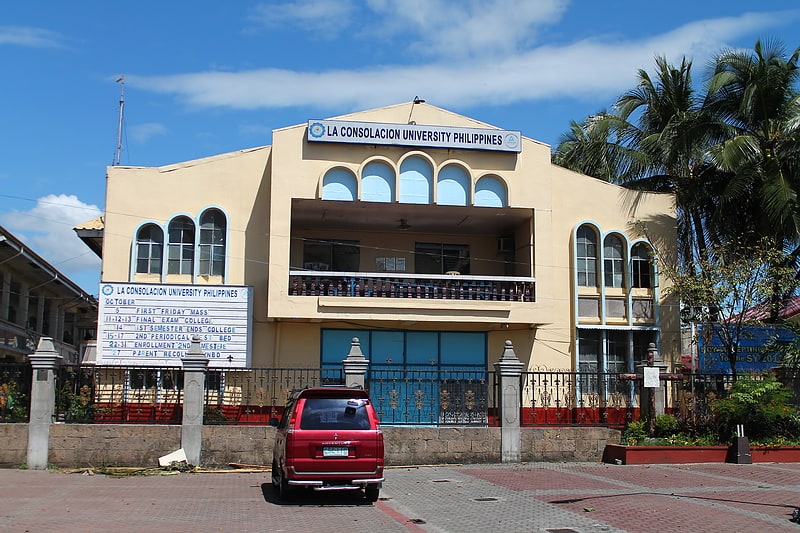
Higher educational institution in Malolos, Philippines. La Consolacion University Philippines is a private Roman Catholic coeducational basic and higher education institution administered by the Augustinian Sisters of Our Lady of Consolation in Malolos City, Bulacan, Philippines. It was established by the Augustinian Sisters in 1937 and was named Colegio de Nuestra Señora del Carmen. It underwent several name changes; Regina Carmeli College in 1967, and in 1997 University of Regina Carmeli. In the year 2011, the Augustinian Sisters changed again its name to La Consolacion University Philippines.[8]